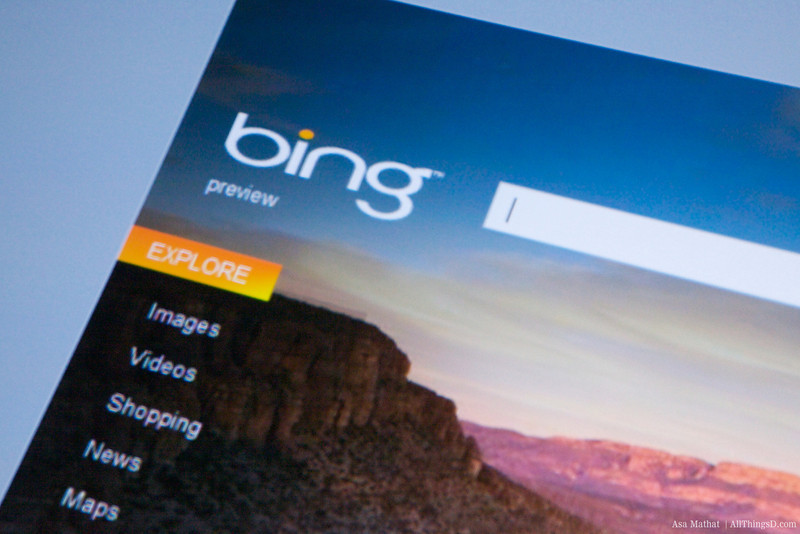Most of the social networks that are of some sort of use to marketers have one very crucial feature in common. Twitter, Facebook, LinkedIn and even Google+ have all incorporated a feed of activity from friends, brands and businesses where users end up spending most of their time. For a while now, Instagram has been emerging as one of today’s more popular social networks, but they have always been a primarily mobile service. Sure, the company has a feed, but they have never really gotten to the point that they brought this feature to the web. With Instagram creating Web Profiles for its users relatively recently, we got a glimpse of the company’s plans for the future. Now, Instagram has reached the point of all of today’s other popular networks, and has a feed present on both mobile and desktop internet platforms.
Today, I’m very excited to announce the launch of a product we’ve been wanting to build for quite some time now. Since our launch in October of 2010, we’ve focused on building a simple app that has inspired creativity while capturing everyday moments through the lens of your mobile phone. In fact, our focus on building out a mobile-only experience is a unique path that we’ve chosen for many reasons, the most important of which is that Instagram, at its core, is about seeing and taking photos on-the-go. However, to make Instagram even more accessible to our growing community, at the end of last year we started to expand to the desktop web, giving you the ability to see profiles from instagram.com. To continue that path, as of today, you can now browse your Instagram feed on the web – just like you do on your mobile device. Go to instagram.com and log in to your account to give it a try.
The desktop version of the Instagram image feed is almost identical to that you would find in the mobile app. The only differences in functionality that I can see are that Instagram has denied the desktop version of the Explore tab as well as the News tab. Other than that, users can still use Instagram as they always have, only on a bigger screen.
If the company does follow suit with other well-known social networks, we should probably expect to start seeing advertising options that go hand in hand with a desktop social feed. This is especially likely considering the huge influence that Facebook has on the network since Instagram was acquired by the company late last year.
Aside from showing the potential for Instagram to become a fantastic marketing destination, the addition of a desktop version of the network’s feed shows that the company has progressed and grown. Originally, the network was to remain a completely mobile experience, but Instagram has reached the point where users need much more than that as far as functionality. It is easy to predict that users will love the addition of an online feed, and hopefully we will see some advertising offerings from the company soon.





















